
The Complete Guide to the White Licorice Plant: Care, Benefits, and Uses
Introduction
Have you heard of the white licorice plant, scientifically known as Helichrysum petiolare? This charming plant is a favorite in gardens and landscapes. Its striking silver leaves and delightful fragrance make it a standout choice for any green space.
Summary and Overview
The white licorice plant is an evergreen perennial with unique characteristics. It features soft, silvery foliage that adds a touch of elegance to any garden. This plant thrives in warm climates, particularly in Southern Africa, where it originates.
Gardeners love it for its versatility. You can use it in borders, containers, or hanging baskets. The plant’s aromatic leaves release a mild licorice scent, enhancing any outdoor space. Its trailing growth habit makes it perfect for cascading over edges. Plus, it’s drought-tolerant, requiring minimal care once established. For more on this topic, check out Low-maintenance plants for drought-tolerant landscaping in hot climates.
Speaking of versatility, if you’re looking to enhance your gardening experience, consider grabbing a Garden Trowel Set. With these handy tools, digging and planting will feel less like a chore and more like a fun outdoor adventure!
Understanding drought-tolerant plants can help you select the best options for your garden. Low-maintenance plants for drought-tolerant landscaping in hot climates can be beneficial for water conservation.
In the following sections, we’ll take a closer look at the plant’s characteristics, ideal growing conditions, and care tips to help you make the most of this beautiful addition to your garden.

Plant Characteristics
Description
The white licorice plant is a stunning addition to any garden. Its foliage is a beautiful silver hue, creating a striking contrast against darker plants. The leaves are soft and velvety, giving the plant a unique texture that draws attention.
Typically, this trailing plant grows between 8 to 12 inches tall, with a spread of 18 to 20 inches. Its low-growing, sprawling habit makes it ideal for ground cover or as a filler in mixed containers. The plant produces tiny white flowers, but these are often overshadowed by the stunning foliage.
The bright silver leaves not only catch the eye but also provide a wonderful backdrop for other colorful plants. Whether you’re designing a garden bed or enhancing your patio with containers, the white licorice plant adds an appealing touch.
To keep your garden flourishing, don’t forget about the importance of water-soluble plant fertilizer. The right nutrients can make all the difference in keeping your plants happy and healthy!
Stay tuned as we discuss the best growing conditions for this lovely plant, ensuring it flourishes in your garden.
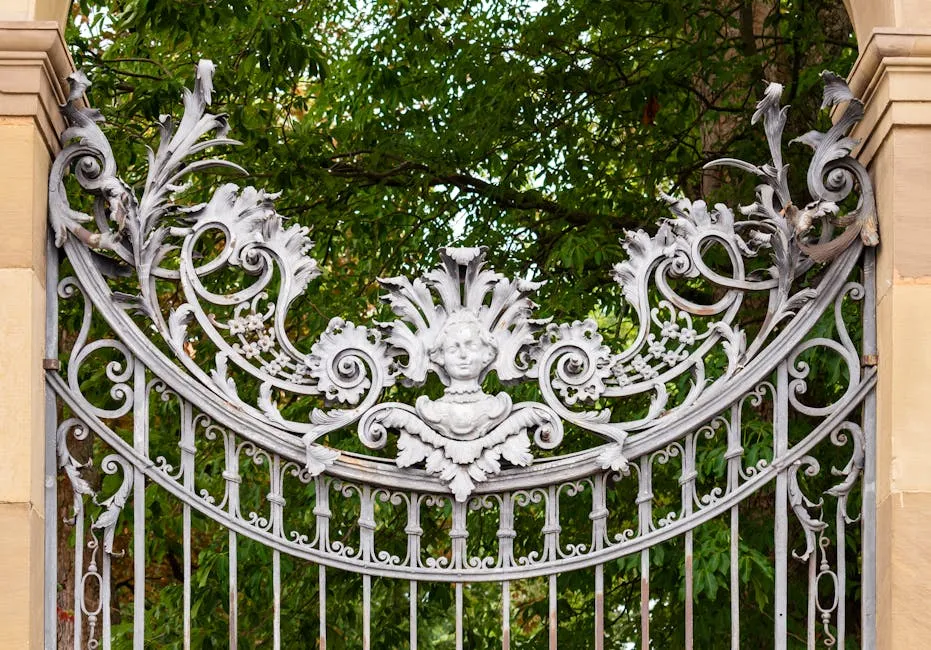
Family and Classification
The white licorice plant belongs to the Asteraceae family. This family includes many popular garden plants and is known for its diverse species. Within this family, the white licorice plant is classified under the Helichrysum genus. The scientific name for this plant is Helichrysum petiolare. This genus is recognized for its herbaceous or evergreen perennials, often characterized by soft, grey-hairy foliage. These plants typically thrive in warm climates, adding beauty to gardens with their unique textures and colors.
Growing Conditions
Light Requirements
For optimal growth, the white licorice plant thrives in full sun. It loves bright light, ideally receiving at least four hours of sunlight daily. When exposed to proper sunlight, the plant showcases vibrant silver foliage. However, it can tolerate partial shade as well. In lower light conditions, the foliage may lose some of its bright color, becoming less striking. Ensuring the plant receives enough light is crucial for maintaining its appeal and promoting healthy growth.

Soil and Watering Needs
The ideal soil for the white licorice plant is well-draining. A mix that contains sand or perlite is perfect. This helps prevent water from pooling, which can lead to root rot. While this plant is drought-tolerant, it still requires regular watering during the growing season. A good rule of thumb is to water when the top inch of soil feels dry. Overwatering should be avoided, as this plant prefers to be on the drier side. Once established, it can withstand short dry spells, making it a low-maintenance choice for gardeners.
To ensure your soil is just right, consider using perlite for soil mix. This lightweight material helps improve drainage and aeration, ensuring your plants’ roots are happy!
Understanding the soil and watering needs of your plants is essential. For more information, visit Low-maintenance plants for drought-tolerant landscaping in hot climates.
Temperature and Hardiness
The white licorice plant is suitable for hardiness zones 9-10. It enjoys warm temperatures and can handle fluctuations quite well. However, it does not tolerate frost and should be protected from cold weather. In warmer climates, it thrives beautifully, but in cooler areas, consider bringing it indoors during chilly months. This resilience to temperature changes makes it a versatile plant for various gardening situations. Just be mindful of its cold sensitivity to keep it flourishing year-round.
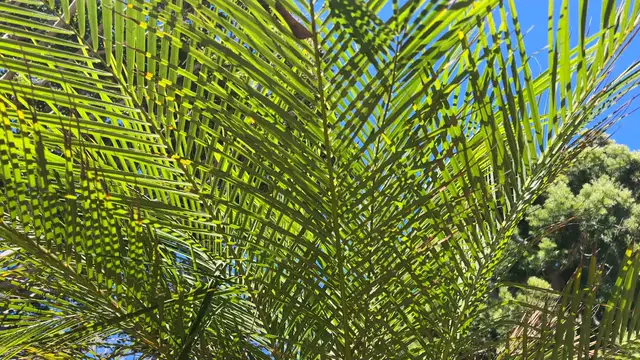
Care and Maintenance
Fertilization
Fertilizing your white licorice plant is essential for its growth. This plant thrives when given the right nutrients, so using a balanced fertilizer can make a significant difference. A water-soluble plant food works well. Look for one that is high in potassium to promote vibrant foliage.
You should fertilize every four to six weeks during the growing season. This schedule keeps the plant healthy and encourages lush growth. Remember, over-fertilizing can harm more than help. Always follow the instructions on the fertilizer package for the best results.
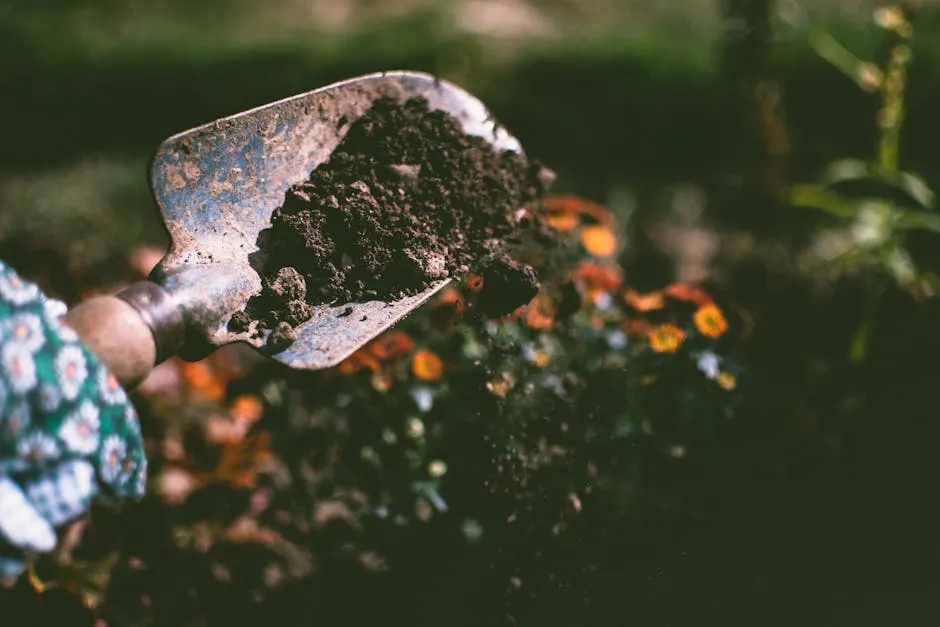
And while you’re at it, a compost bin can be a game changer for your garden! Not only does it provide rich nutrients, but it also helps reduce waste. Talk about a win-win!
Pruning and Propagation
Pruning your white licorice plant helps maintain its shape and encourages fuller growth. Aim to prune in early spring before new growth starts. Remove any dead or leggy stems, cutting just above a leaf node. This promotes bushier growth and enhances the plant’s appearance.
Propagation is easy and can be done through cuttings or division. For cuttings, take 4-6 inch stems from healthy plants and remove the lower leaves. Place them in moist, well-draining soil, and keep the soil damp until roots form. Division involves separating the plant into sections with roots intact, then replanting them. Both methods are effective and can help you expand your garden.
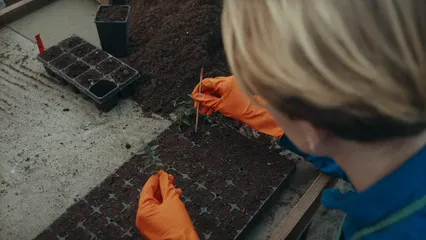
For more detailed guidance on plant propagation, consider checking out plant propagation station.
Benefits of the White Licorice Plant
Aesthetic Appeal
The white licorice plant adds a stunning touch to any garden design. Its silver foliage creates a striking contrast against colorful blooms. You can use it as a border plant, in containers, or even in hanging baskets. Its trailing nature allows it to cascade beautifully over edges.
Whether you’re looking for a centerpiece or a filler, this decorative plant fits the bill. Its versatility makes it a favorite for gardeners wanting to enhance their outdoor spaces.

Aromatic Qualities
One of the standout features of the white licorice plant is its delightful fragrance. The leaves emit a mild licorice scent, especially on warm days. This aromatic quality makes it a great choice for sensory gardens or aromatic landscaping.
Imagine walking through your garden and being greeted by the fresh, sweet aroma. This plant not only pleases the eyes but also enhances your outdoor experience with its enticing scent. Adding it to your garden can create a tranquil escape filled with pleasant fragrances.

Environmental Benefits
The white licorice plant significantly contributes to biodiversity. By providing habitat and food sources, it supports various local wildlife. Planting it in your garden helps create a more diverse ecosystem. This is crucial for maintaining healthy soil and a balanced environment.
Another wonderful aspect of the white licorice plant is its ability to attract pollinators. Bees, butterflies, and other beneficial insects are drawn to its fragrant foliage. This makes it an excellent choice for anyone looking to create a pollinator-friendly garden. Including plants that attract these creatures is vital for their survival and helps ensure successful fruit and vegetable production. For more on this, visit Creating a pollinator-friendly garden design.

Creating a pollinator-friendly garden can enhance your garden’s ecological value. Check out Creating a pollinator-friendly garden design for tips.
Incorporating the white licorice plant into your landscape not only beautifies your space but also enhances its ecological value. By choosing such plants, you contribute to a healthier environment for future generations.
To keep your garden thriving, consider adding a butterfly house. This will not only beautify your garden but also create a welcoming environment for pollinators!
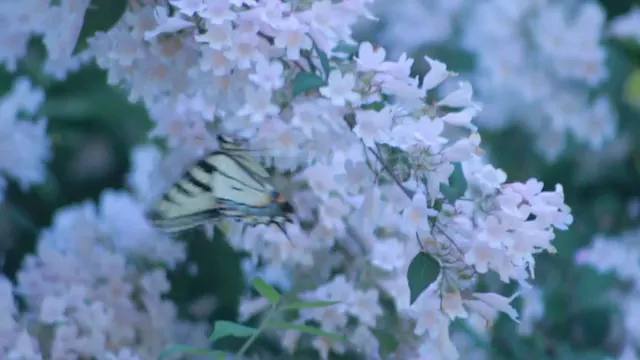
Common Pests and Problems
Pests
The white licorice plant can face several pests. Common culprits include aphids, spider mites, and whiteflies. These insects can damage the foliage, leading to stress and poor growth.
To prevent these pests, regular monitoring is key. Inspect your plants frequently for any signs of infestation. If you spot pests, act quickly. You can wash them off with a strong stream of water or use insecticidal soap. This method is effective for controlling most soft-bodied insects.
Encouraging natural predators, such as ladybugs, can also help manage pest populations. They love to snack on aphids and other small insects. By maintaining a balanced ecosystem, you can minimize the need for chemical treatments. For more on managing pests, visit common pests in japanese friendship gardens and how to control them.

Managing pests effectively is crucial for plant health. Learn more about common pests in japanese friendship gardens and how to control them.
Diseases
The white licorice plant is relatively resilient but can still fall victim to diseases. Fungal infections, like powdery mildew, may appear in humid conditions. This disease causes a white, powdery coating on leaves.
To manage this issue, ensure proper air circulation around the plants. Space them adequately to reduce humidity. If you notice powdery mildew, treat it with a fungicide specifically designed for this purpose.
Another concern is root rot, which occurs when the soil retains too much moisture. Always use well-draining soil and avoid overwatering. If you suspect root rot, inspect the roots and trim away any affected areas. With proper care, your white licorice plant will remain healthy and vibrant.
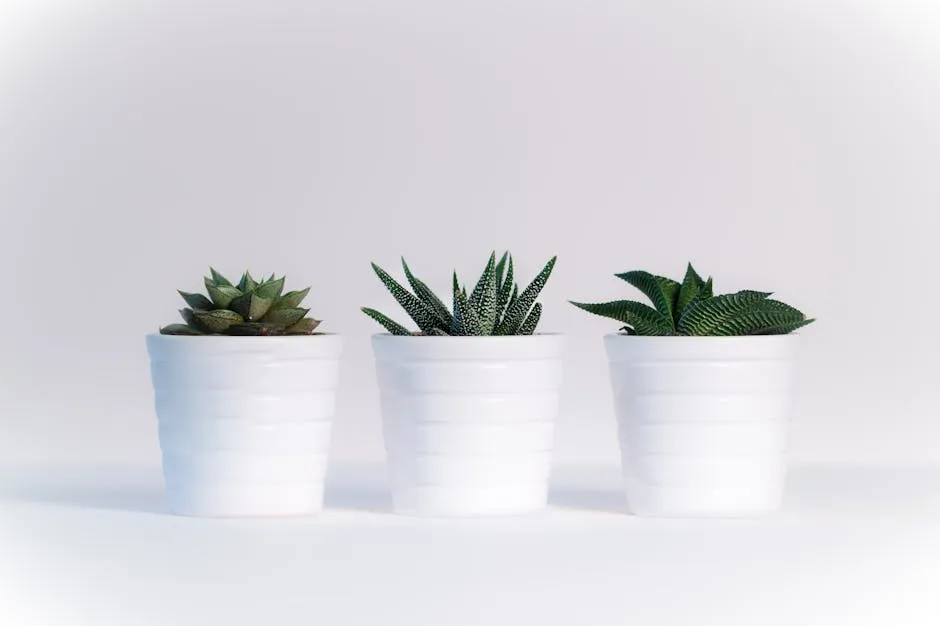
Uses in Landscaping
Garden Borders and Ground Cover
The white licorice plant shines in landscaping, especially as a border or ground cover. Its low-growing nature makes it perfect for edging garden beds. The striking silver foliage adds visual interest and contrast to colorful flowers.
Pairing it with other plants can create stunning effects. Consider planting it alongside vibrant annuals or perennials. This combination enhances the overall aesthetics of your garden. Its trailing habit also works beautifully in containers, cascading over the sides and softening hard edges.
Using the white licorice plant as ground cover is another excellent option. It spreads quickly, helping to suppress weeds while providing a lush, attractive look. This versatile plant can adapt to various garden styles, making it a popular choice for many gardeners. Embrace its beauty and practicality in your landscaping projects!
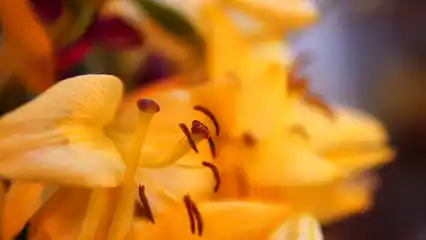
Container Gardening
Using white licorice in containers offers numerous benefits. Its striking silver foliage creates a stunning visual contrast with colorful flowers. This plant’s trailing habit makes it perfect for hanging baskets or as a filler in mixed planters. Plus, it thrives in various container sizes, making it adaptable to any space.
To ensure successful container gardening with white licorice, consider these tips. First, choose a well-draining potting mix. This prevents root rot and promotes healthy growth. Second, water consistently but allow the soil to dry between watering. This plant prefers a slightly dry environment.
Lastly, consider pairing it with other plants that enjoy similar conditions. Think of vibrant annuals or low-growing perennials. This combination not only enhances aesthetics but also creates a lively garden display. With these planter ideas, your white licorice plant will shine in any container setting.
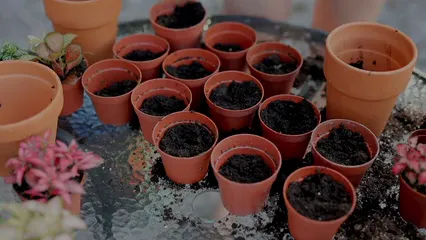
Conclusion
In summary, the white licorice plant is a versatile and visually appealing addition to any garden. Its silver leaves, delightful aroma, and trailing growth habit make it a favorite among gardeners. Whether used in borders, containers, or hanging baskets, this plant enhances outdoor spaces beautifully. Consider incorporating the white licorice plant into your gardening projects for a touch of elegance and ease.
FAQs
What is a white licorice plant?
The white licorice plant, or *Helichrysum petiolare*, is an evergreen perennial known for its soft, silvery foliage.
How do I care for a white licorice plant?
Care involves providing full sun, well-draining soil, and regular watering. Fertilize during the growing season for best results.
Is the white licorice plant hardy?
This plant is hardy in zones 9-10 and prefers warm temperatures. It does not tolerate frost.
Can the white licorice plant be grown indoors?
Yes, with adequate light and humidity, the white licorice plant can thrive indoors.
What are the benefits of using white licorice in landscaping?
It adds aesthetic appeal, attracts pollinators, and contributes to biodiversity.
How do I propagate a white licorice plant?
Propagation can be done through cuttings or division. Ensure healthy stems and replant them in moist soil.
Are there any common pests or diseases that affect the white licorice plant?
Pests like aphids and spider mites can occur, along with diseases like powdery mildew. Regular monitoring helps prevent issues.
Before you go, consider sprucing up your garden decor with some garden decor, like sculptures or ornaments, to add a personal touch to your space!
Please let us know what you think about our content by leaving a comment down below!
Thank you for reading till here 🙂
All images from Pexels



